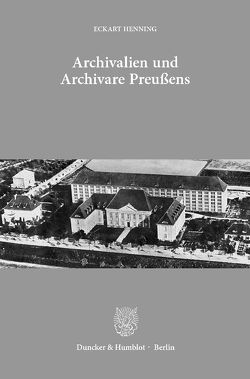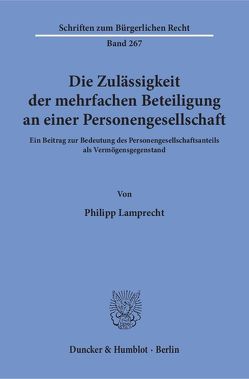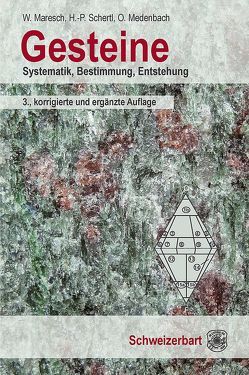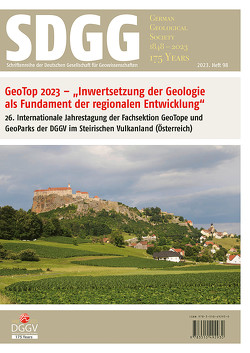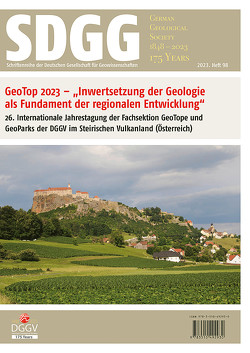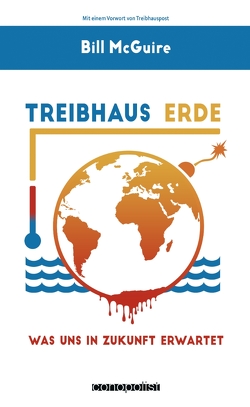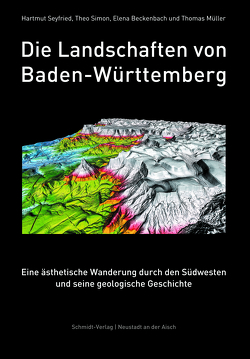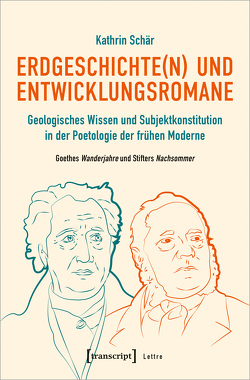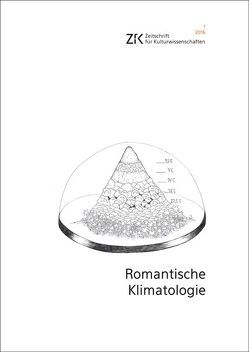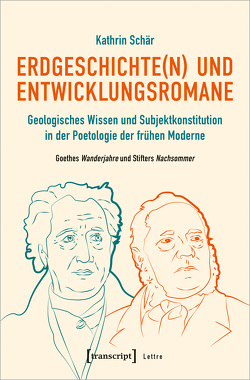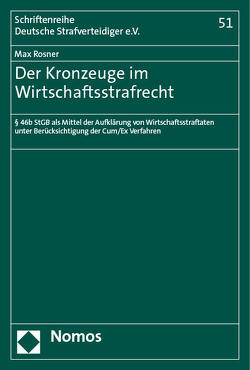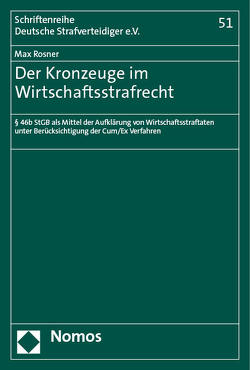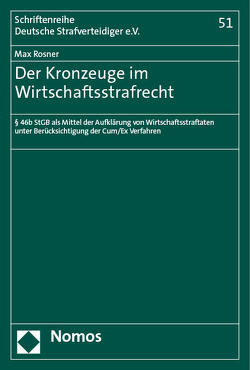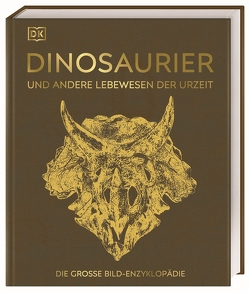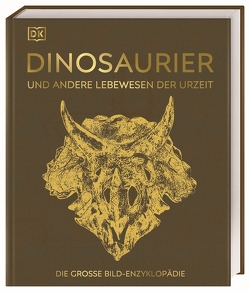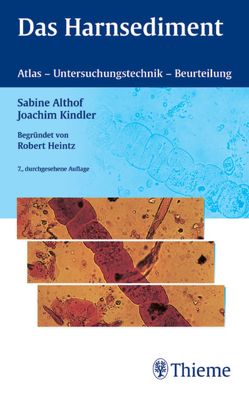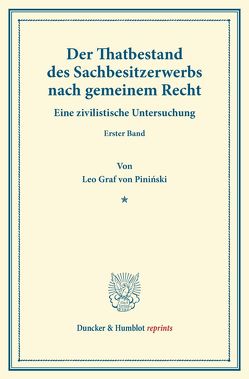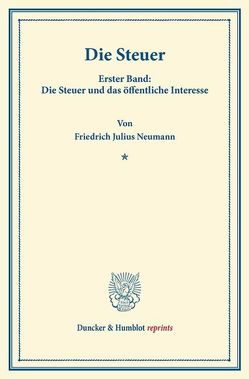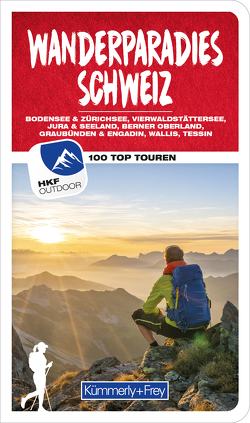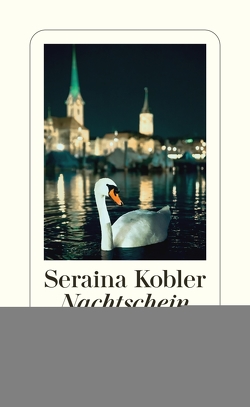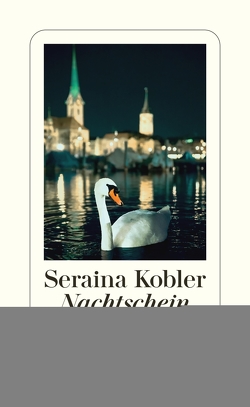Quaternary Geology of Lake Zurich
An Interdisciplinary Investigation by Deep-Lake Drillling
K J Hsü, K R Kelts
Swiss lakes are a national asset, and Swiss naturalists have been pioneers in limnology. Lakes are model oceans, where „experiments“ have been carried out by nature. Turbidity currents were recognized as important agents of sedimentation in Swiss lakes (Heim, A. 1876; Forel 1887) long before their role in the oceans was established (Heezen & Ewing 1952). Non-glacial varves in Lake Zurich, described by Nipkow (1920) have been repeatedly cited as modern analogues of rhythmically laminated sediments of ancient oceans, and the relations of fertility to water-circulation is being investigated in lakes today as key to interpreting oceanic chemistry (see McKenzie 1982). The latest investigations of limnogeology in Switzerland were initiated in the 1960s; sedimentologists in Zurich and Bern applied oceanographic techniques to study Swiss lakes. Interdisciplinary cooperation is emphasized. The limnogeology group at the Swiss Federal Institute of Technology has been engaged in a whole range of activities, extending from geophysics to palaeontology. The need for deeper penetration into a lake bottom was inspired by discussions between teams of several groups of geoscientists. The drillsite in Lake Zurich was chosen for a number of reasons. The Holocene sedimentation rate of the lake is one of the lowest among Swiss lakes; It was assumed that, by the same amount of drilling, results would reach further back in time than if a southern Alpine lake had been drilled. The preliminary studies also indicated that the temperature of deep bottomwaters of Lake Zurich has remained constant since the first measurements were made, and thus a deepwater site in the lake is most favorable for geothermical investigations. Finally, the lake has been thoroughly investigated limnologically during the past century; one knows more about Lake Zurich than other Swiss lakes. The authors knew more about what they needed to know, and they knew how to formulate the questions which could only be answered if a borehole was made in the deepest part of this lake. The objectives of the deep-lake drilling project, named Zübo 80 (Zürichsee Borung 1980) areas follows: 1. To determine the heatflow in the Lake Zurich area, in order to calibrate previously accomplished measurements; 2. To decipher the climatic history of the Alpine region during the Quaternary; 3. To unravel the sedimentary history of a deep Alpine lake in response to advancing and retreating glaciers, and calibrate its acoustic seismic stratigraphy; 4. To understand the origin of a deep Alpine lake. The hole was completed to 200 m after approximately 3 months. The team was drawn from doctoral students, academic guests, post-docs and colleagues from the ETH who were willing to devote 3 months to various aspects of sampling and analysis. In addition they used considerable spare time to work up results. They represent a spectrum of native languages including French, German, Chinese and various brands of English. The coeditor’s task was, therefore, to translate and assemble the various messages while trying to retain the authors‘ intent. The results have been published in this multiauthored monograph with a conspicuous uniformity of style. See the following table of contents.

